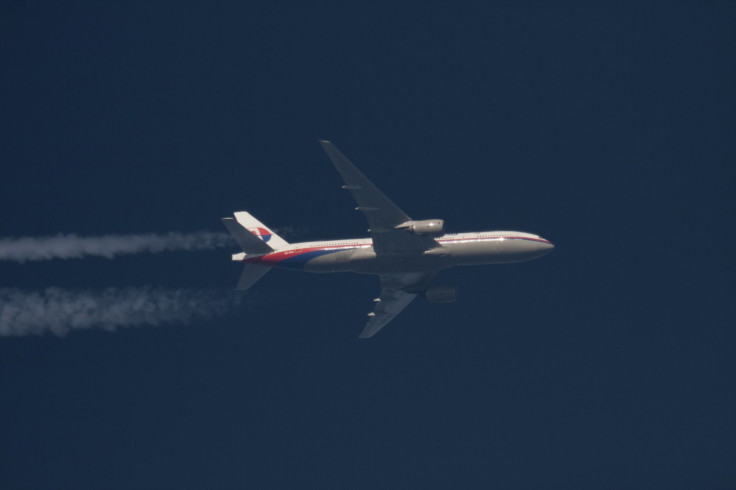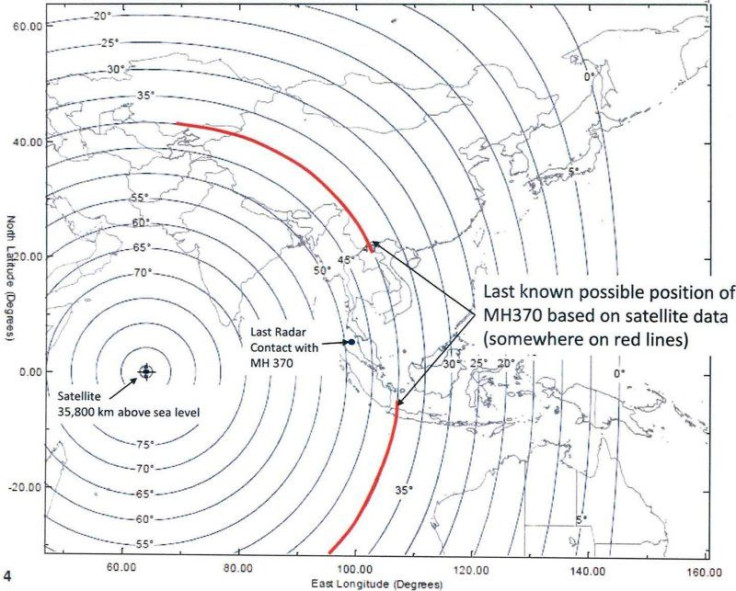Three Hijackings That Look Like The Case Of Missing Malaysia Airlines 370

Nine days after the disappearance of Malaysia Airlines flight MH370, the possibility that the airplane was hijacked, possibly by its own crew, is gaining credibility. Malaysian authorities revealed on Sunday that the last communication from the cockpit -- a routine "All right, good night," from either the captain or the first officer, radioed to Malaysian air traffic control one hour after takeoff -- came after the aircraft's transponder had been switched off, or ceased functioning.
“It was disabled before” the last message, defense minister and acting transport minister Hishammuddin Hussein said. That is leading investigators to concentrate on the 53-year-old captain, veteran pilot Zaharie Ahmad Shah, and his first officer, 27-year-old Fariq Abdul Hamid. But all 227 passengers and 12 crew members are being looked at, Hishammuddin said: “The Malaysian authorities are refocusing their investigation on all crew and passengers,” he revealed at a press conference in Kuala Lumpur on Sunday.
At the time of the last transmission, the Boeing 777 was at 35,000 feet and cruising north-northeast, at 1:30 a.m. local time on March 8, perfectly on course from Kuala Lumpur to Beijing. It then fell into total silence and flew for up to seven hours to an unknown destination, or to a crash. Satellite data indicate that when the airplane's systems sent the last recorded ping to a satellite, the jet could have been at any point on one of two arcs -- one over Central Asia, the other over the Indian Ocean.

No incident quite like this one, and unsolved for so long, has happened in recent aviation history.
While authorities in Malaysia and 24 other nations taking part in the investigation and search for the plane grow increasingly puzzled over the fate of MH370, observers on the ground can recall three cases of hijacking that may turn out to be somewhat similar to this one -- if a hijacking is what it actually is.
One is the multiple, but bloodless, hijacking by Palestinian militants of several Western airliners in 1970, tied to the events that became known as Black September. Another is the commandeering in 1996 of Ethiopian Airlines flight 961 by people who wanted to divert to Australia, but ended up crashing in the Indian Ocean when fuel ran out. The third and most recent is the hijacking in February this year of another Ethiopian Airlines flight, whose first officer locked the captain out of the cockpit and landed safely in Switzerland to demand political asylum.
So, while keeping in mind that nothing is certain at this point about the fate of the Malaysian plane, let's look at all three incidents, and what they may have had in common with what we know about MH370.
The September 1970 Hijackings
On Sept. 6, 1970, militants belonging to the Popular Front for the Liberation of Palestine hijacked in a coordinated action three jets bound for the U.S. from Europe.
Trans World Airlines flight 741 from Frankfurt (a Boeing 707 with 149 passengers and crew) and Swissair 100 from Zurich (a Douglas DC-8 with 155 people), both headed for New York, were diverted to a former base of the British Royal Air Force in the Jordanian desert, Dawson Field. Their passengers and crew were held as hostages.
Pan American 93, a Boeing 747 from Amsterdam to New York with 173 passengers and crew, was hijacked instead to Beirut, then to Cairo, where the PFLP militants blew it up after disembarking everybody.
The third hijacking failed. El Al Israel Airlines flight 219, also from Amsterdam to New York, was a Boeing 707 with 142 people on board. When Nicaraguan-American doctor Patrick Argüello and Palestinian Leila Khaled attempted to hijack it, an Israeli air marshal and passengers reacted, killing Argüello. The plane landed in London, where Khaled was arrested.
Three days later, a Vickers VC-10 jet flying from Bombay to London as flight BOAC 775 -- with British Overseas Airways Corporation, a predecessor to today's British Airways -- was seized over Lebanon, and also forced to land at Dawson, with 117 passengers and crew.
Most of the 421 people on board the three planes were freed on a date that would acquire, decades later, an ominous ring: Sept. 11, the day of the deadliest hijackings ever. But nobody died at Dawson Field. The Palestinians held on to a few dozen people, demanding in exchange the release of fellow militants held in Switzerland, Germany and Great Britain, including Leila Khaled. But, according to a reconstruction of the events by the BBC, before their deadline expired they took the remaining 40 hostages from the planes, and blew the airliners up while filming them.
The Palestinians held in Europe were freed a few weeks later, and the remaining hostages were let go unharmed.
MH370 might have been flown to a remote airstrip, its passengers and crew held for some reason. But if that's the case, it had to have landed on March 8 -- and more than a week later, we haven't heard from the people who may be holding them. And even in remote parts of the world, hiding a Boeing 777 with more than 200 people in it would not be an easy task.
Into The Sea: Ethiopian 961
The hijacking of Malaysian 370 may in fact be more similar to the hijacking of Ethiopian 961, which ended in a deadly crash into the Indian Ocean.
The Boeing 767 was hijacked on Nov. 23, 1996, while on the Addis Ababa to Nairobi leg of a multi-stop flight from Bombay to Abidjan. Three Ethiopians demanded to fly to Australia, where they wanted to seek political asylum. Survivors later recounted that the three had seen in the inflight magazine that the 767 could fly to Australia, but would not believe what the flight crew told them -- that this only applied to a fully fueled plane, not one that only had on board the fuel needed for the short hop from Ethiopia to Kenya.
The captain tried to fool them by flying down the coast of Africa and on to the Comoros Islands, in the Indian Ocean, where he hoped to make an emergency landing. Fuel ran out a short distance from the airport at Grande Comore, and the crew attempted a ditching in the sea. Hijackers attacked the pilots physically as they attempted to land in the water, resulting in a catastrophic ditching that killed 125 of the 175 people on board.
Tourists on a nearby beach filmed the crash, and ran to help the survivors.
All three hijackers were killed on impact; the captain and first officer both survived, and went on to continue their careers at Ethiopian.
American authorities believe it is more likely that the Malaysian 777 flew to a point along the more southern of the two arcs where it may have ended up. That puts it somewhere in the Indian Ocean, where it might have suffered a fate similar to the Ethiopian 767.
The Rogue First Officer: Ethiopian 702
Last Feb. 17, the first officer on another Ethiopian Boeing 767 from Addis Abeba, this one flying to to Rome as flight ET702, shut his captain out of the cockpit while the latter was taking a bathroom break and hijacked his own aircraft toward Geneva. He alerted air traffic control to his intentions, to avoid being shot down.
The Italian Air Force scrambled two Typhoon jet fighters to escort the plane along its route toward Switzerland. The French Air Force took over with two of its own Mirage fighters to escort the 767 as it crossed out of Italian airspace. When he landed safely in Geneva, the first officer requested political asylum and was jailed on charges of hostage-taking.
A similarity with the Malaysian flight could be in the possible hijacking by the plane's own crew, either the first officer or the captain or both.
But we are still in the dark as to the reason behind any hijacking, whether by the pilots or by someone among the passengers who gained access to the flight deck and was trained to fly.
What would have been the motive? And if the airplane has indeed landed somewhere, what happened to the passengers and crew?
© Copyright IBTimes 2024. All rights reserved.












